No products in the cart.
Understanding Color Reproduction
on Flexible Materials
Ink dynamics is the study of how a wider range of inks behave and interact with certain materials. It's an important consideration and essential tool for an infinite number of graphic designers and color reproduction/color management professionals around the world. Since it directly impacts the quality of the final product, ensuring color accuracy and color temperature on the final product (after it has been printed) is essential.
Simply put, the visible spectrum of colors looks totally different in a digital image or color photography, on digital cameras, or on computer monitors than it does in real life, as things like reflected light, blue light, light sources (natural vs. fluorescent light) and exposure time can all impact how something looks. Spectral sensitivity and spectral power distribution can also impact the color balance in graphic arts.
As such, the study of color reproduction, color temperature, and color rendering is an essential aspect of quality control. This is usually referred to, generally, as color management.
The basics of ink dynamics
When it comes to ink dynamics and understanding its impact on color reproduction, there are a few different things to consider, including ink properties, interaction with flexible materials, and external and environmental factors that can influence ink behavior. We'll discuss each of these, and its impact on color perception and color rendition, below.
Ink properties
Ink is more than just ink: it's made up of pigments, resins, additives, and solvents. Each of these plays a critical role in determining how an ink dries on different materials and how it will display an entire range of color once dried.
It's important to note that the human eye sees things different in real life than it does on different devices, like like a computer monitor, so understanding how to make an easy adjustment to account for this is key.

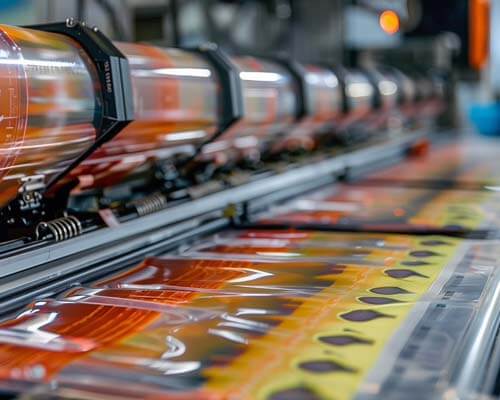
Interaction with flexible materials
Different kinds of materials interact with inks different. For example, the color appearance of RGB values will look different on plastics as they do on foils.
Additionally, extraneous factors, like porosity and chemical composition of the material will also impact its final color appearance.
Factors influencing ink behavior
Finally, it's important to understand how different environmental factors (temperature, humidity, printing environment) can impact color perception.
Color gamut mapping should take all of these into consideration, as red, green, and blue can all be impacted by a variety of environmental factors.

An exploration of different printing methods
There are a few different kinds of printing methods, each of which has a direct impact on color printing and color reproduction. Here's a quick breakdown of some common standard methods of printing, along with some advantages and limitations in terms of color reproduction.
Digital printing
This type of printing uses a digital system and is best suited for customized or personalized products, and limited edition runs where cost and time are critical factors. Benefits include flexibility, speed (minimal set up time means you'll receive your packaging faster), and it's cost-effectiveness.
Limitations include color matching (exact PMS color matching is better with the other two options on this list), and material limitations. Unfortunately, digital printing is difficult with very thick materials.
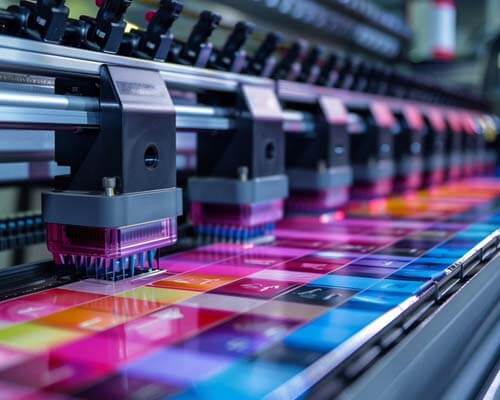
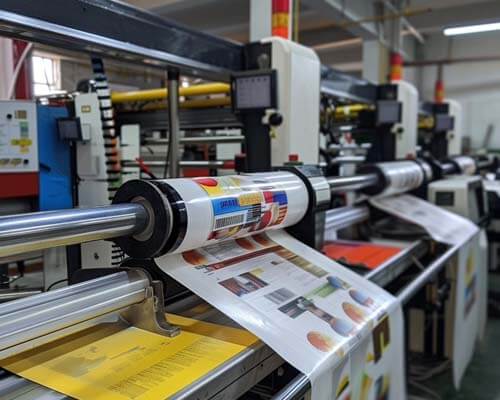
Ideal for large-scale production runs where quality is the focus. These printing methods are typically used for products that require consistent branding and color accuracy over time and across batches, like the Tiffany Blue and McDonald's Red examples above. In these instances, the specific color must look the same across every type of marketing material or advertisement.
This type of printing also results in ink layers that are thicker and more durable, extreme color consistency across RGB values, and exceptional print quality. The limitations are higher initial costs and less flexibility.
Choosing the right printing method
In addition to light sources, color temperature, and how the RGB model or CMYK model looks when using different printing methods, here are some other things to consider:
Run length
Here, you'll need to think about quantity. If you need a small supply of bags, digital is where it's at. Flexography is good for medium to large-sized runs, and rotogravure for extremely large runs where quality absolutely cannot be compromised.
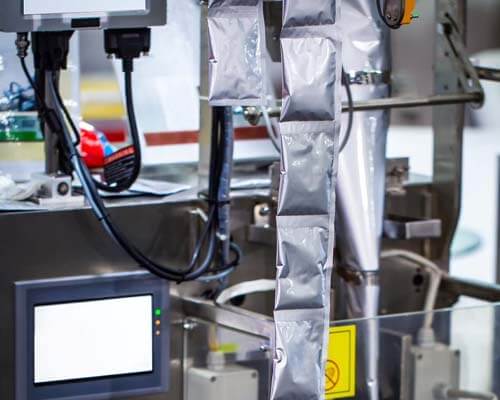
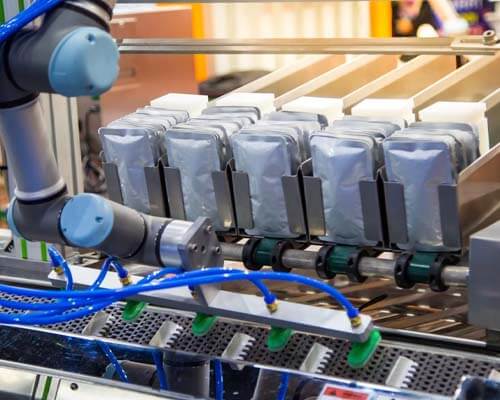
Cost
Upfront and ongoing costs should be considered. Choosing digital minimized upfront costs, while rotogravure is expensive initially but is more cost-effective at scale. Flexography is the middle ground.
Quality requirements
What level of detail does your packaging need? How consistent does it need to be? While digital is the most cost-effective option, it is also less consistent.
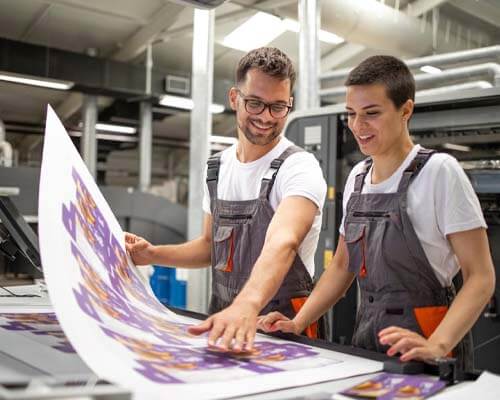

Time to market
Do you need your packaging right away or can you afford to wait a bit? Digital printing allows for rapid prototyping, while rotogravure can take awhile to produce.
Solid pigment inks: An exploration
Solid pigment inks are a type of ink characterized by their use of solid particles of pigment suspended in a binder. They are a popular choice for projects where color vibrancy and durability are important (such as in flexible packaging). Learn more about the advantages of using PMS colors with solid pigment inks.
Advantages of using PMS colors with solid pigment inks
When discussing color reproduction, there are some benefits to using PMS colors. First, it's a standardized color palette, so your primary colors will look the same across different batches and printing methods. Second, solid pigment inks are incredibly vibrant and precise.
If your brand has a distinct color vision and requires its colors to look the same across the color gamut, regardless of material, using PMS colors and solid pigment inks can help.
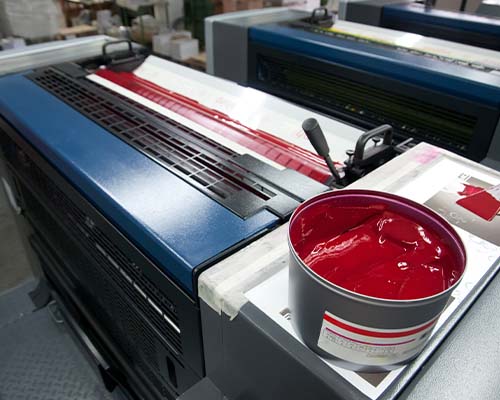
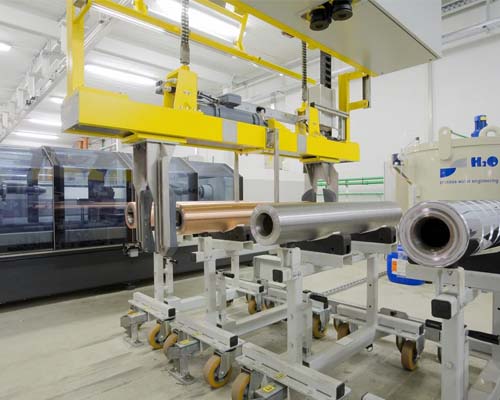
Challenges and things to consider
As with anything, there are some unique challenges and restrictions to keep in mind with PMS colors. First, they can increase the cost of printing especially for small runs. Next, PMS colors are not compatible with all materials.
One additional consideration to keep in mind: some packaging providers offer eco-friendly inks that offer the same benefits of solid pigments while minimizing environmental impact.
CarePac: Pushing the boundaries in flexible packaging
Can embossing and debossing be combined into a single design?
Yes! Debossing, embossing, or any combination of the two can be incorporated into your final print pieces. If you're hoping to save money, though, we recommend choosing one or the other. Since each process uses different settings of die presses, including both techniques into one package can quickly increase the price of your design.
Is embossing and debossing suitable for all types of printing?
No -- ideally, embossing and debossing are reserved for paper and cardstock, and ideally the thicker the material the better. This printing technique should be avoided on thinner materials.
How does embossing and debossing affect printing costs?
Of the two, debossing is the cheaper option because it only requires one plate rather than two. If you want your final print piece to have both embossed and debossed designs, this will be even more expensive than just opting for one. Additionally, if you choose to incorporate foil stamping into your final print piece, this will also impact the price.
CarePac: Pushing the boundaries in flexible packaging
If color reproduction and color management across the material and color gamut sounds complicated, that's because it is. Fortunately, we're the experts and we're ready to help.
Contact us today to discuss how we can leverage our expertise in ink dynamics and color reproduction to take your packaging to the next level. Together, we can create packaging that not only protects your product but exemplifies your brand.

